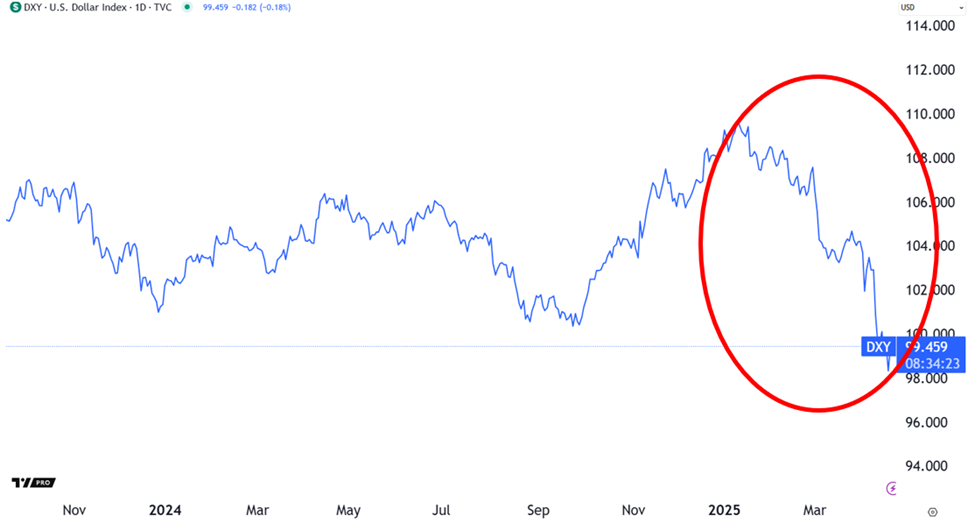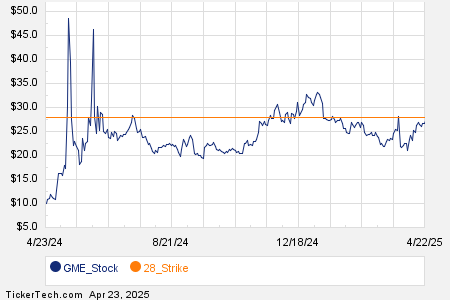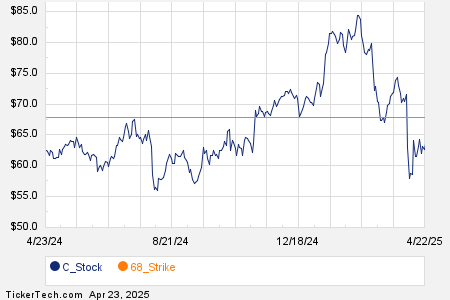Crude Oil Prices Decline Amidst Mixed Market Signals
June WTI crude oil (CLM25) closed down -1.40 (-2.20%) on Wednesday, while June RBOB gasoline (RBM25) fell by -0.0165 (-0.79%). Prices for both crude oil and gasoline decreased, retreating from 2-1/2 week highs. The stronger dollar weighed on energy prices, contributing to the downward trend.
Market Pressures from OPEC+ and Production Strategies
Crude oil faced additional pressure after Kazakhstan’s energy minister announced that the country would not cut production levels, favoring national interests over OPEC+ obligations. This decision poses risks of straining relations with Saudi Arabia, which may respond by increasing its own production to counteract any output excess from other OPEC+ members, potentially flooding the market.
Declines in crude prices intensified following a Reuters report suggesting that several OPEC+ nations might advocate for accelerated production increases in June. An important meeting is set for May 5 to evaluate the output strategy for the upcoming month.
Initial Market Support from Trade Tensions and Inventory Reports
Initially, crude prices climbed due to signs of easing tensions in US-China trade relations, which could bolster economic growth and energy demand. Prices also received support from a bullish weekly EIA inventory report indicating a tighter market.
However, the prospect of a US-Iran nuclear deal that could lift export restrictions on Iranian crude has created bearish sentiment. Iran’s foreign minister indicated a “better understanding” with the US following recent discussions, with further talks scheduled to continue in Oman.
Global Supply Dynamics and Storage Levels
An increase in crude oil being held on tankers contributes to a bearish outlook for prices. Vortexa reported a significant 19% week-over-week increase in crude stored on stationary tankers, reaching 78.19 million barrels—the highest level in eight months.
Crude prices have generally been weak this month, even reaching a four-year low on April 9. Concerns over global economic growth have overshadowed the market, particularly amidst ongoing tariff disputes. Despite President Trump’s recent pause on reciprocal tariffs, other previously imposed tariffs remain in effect.
Demand Signals from China and OPEC+ Decisions
Strong demand from China, the world’s leading crude importer, is a supportive factor for oil prices. Reports indicate that China’s crude imports surged to 12.1 million barrels per day in March, marking the highest level since August 2023.
Further complicating the landscape, OPEC+ announced plans to increase crude production in May by 411,000 barrels per day, significantly more than the 138,000 barrels added this month. The group plans to gradually reverse the two-year production cut, with full restoration now anticipated by September 2026.
Geopolitical Factors and Sanctions Impacting the Market
Geopolitical tensions in the Middle East are also influencing crude prices, as instability could disrupt supplies. Israel’s renewed military actions against Hamas have reignited fears of supply disruptions. Concurrently, US military operations against Houthi rebels in Yemen exacerbate these concerns.
American sanctions on Russia’s oil industry, imposed on January 10, are expected to further tighten global supplies. These measures specifically targeted Gazprom Neft and Surgutneftgas, impacting a substantial portion of Russian crude exports.
US Domestic Oil Inventory Trends
Wednesday’s EIA report provided some positive signals for crude and related products. Crude inventories rose by 244,000 barrels, which was less than the expected increase of 1.55 million barrels. In contrast, gasoline supplies fell by 4.48 million barrels, driven by a surge in US gasoline demand, which rose to a six-month high of 9.4 million barrels per day.
In terms of US production, output remained steady at 13.46 million barrels per day, slightly below December’s record high. Additionally, Baker Hughes reported that the active US oil rig count increased by one to 481 rigs, signaling some recovery from the recent lows.
Overall, the landscape for crude oil remains complex, influenced by various economic, geopolitical, and market dynamics.
On the date of publication, Rich Asplund did not hold positions in any of the securities mentioned in this article. All information provided is for informational purposes only. For more details, view the Barchart Disclosure Policy here.
More news from Barchart
The views and opinions expressed herein are solely those of the author and do not necessarily reflect those of Nasdaq, Inc.



